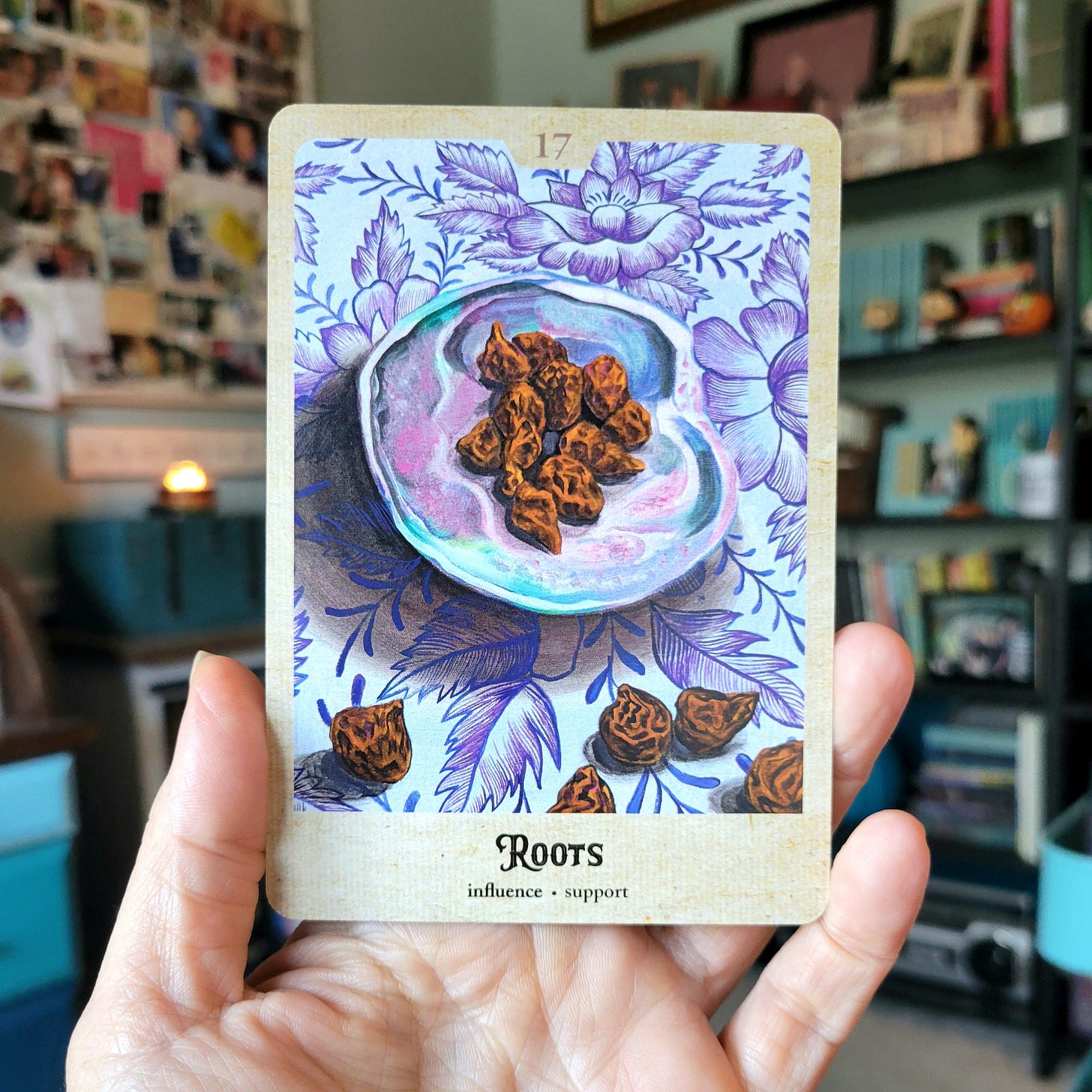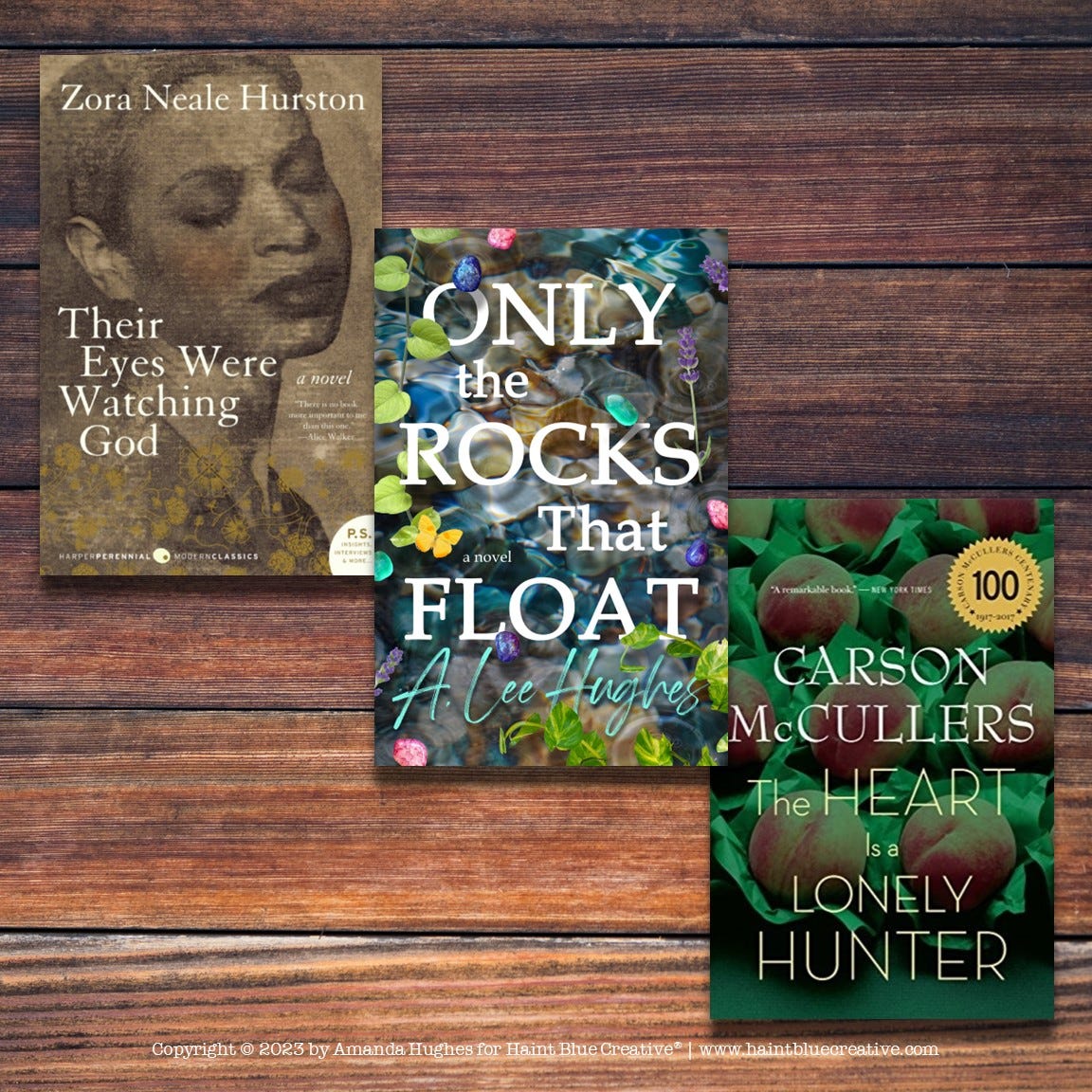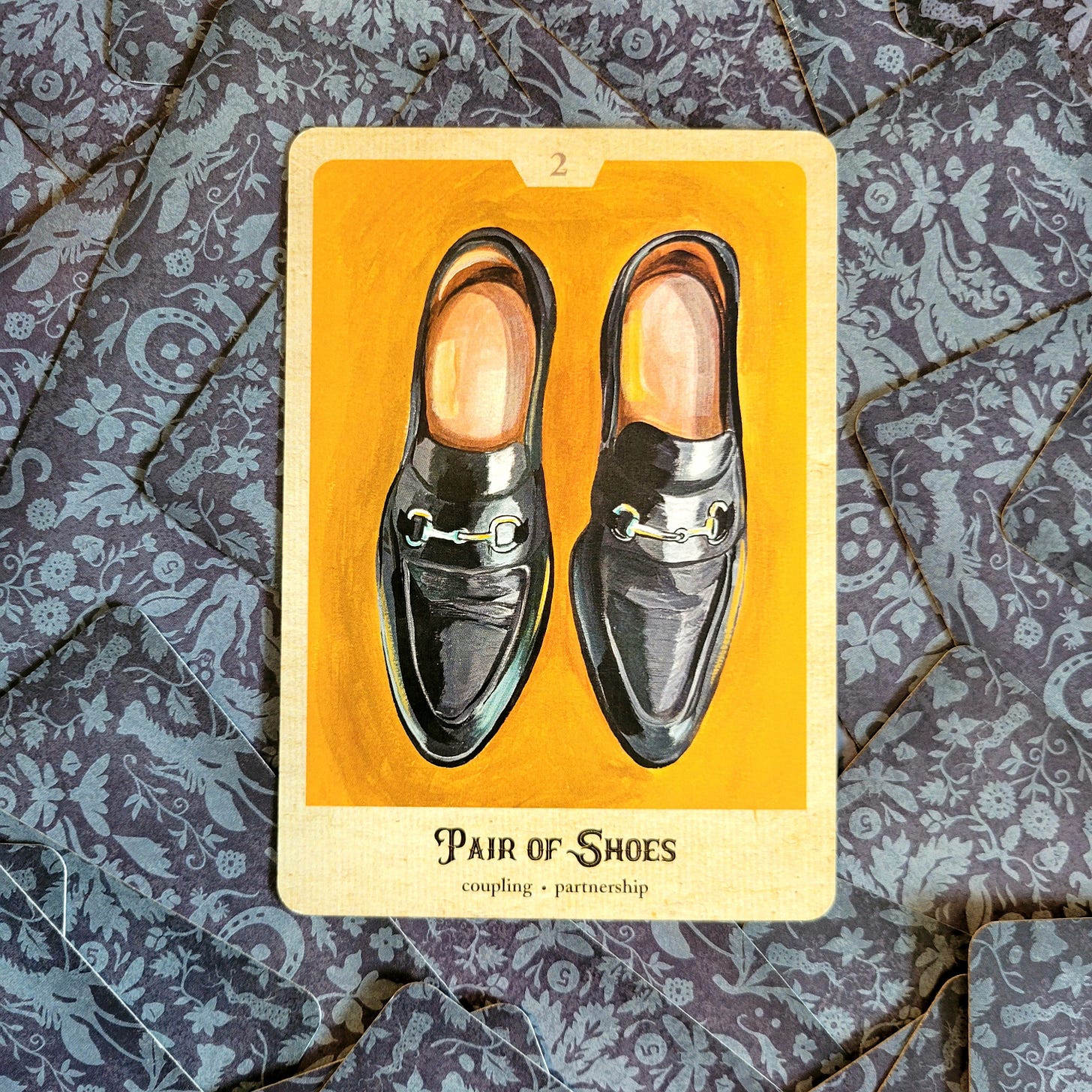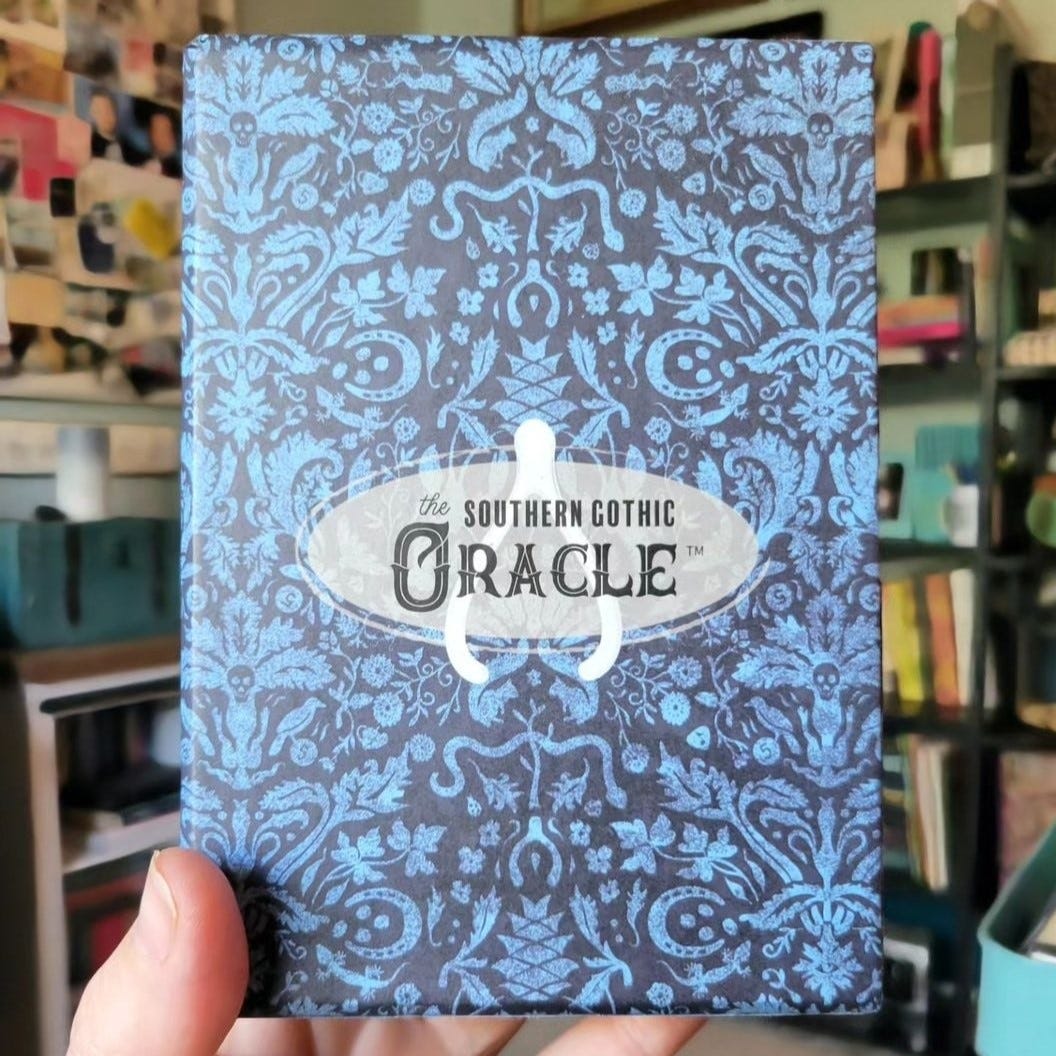I’m a writer of Southern Gothic fiction, but many often ask me what that even means. Have you ever heard of Southern Gothic? In this post, I’d like to take you along a red-dirt, off-road stroll through this gloriously twisted storytelling genre. And along the way I’ll share my reclamation of how I feel about being from and inspired by these slow, cunning tongues and backwoods ways.
A subgenre of American Gothic literature, Southern Gothic is a style of storytelling inspired by rural and/or small-town settings characterized by macabre and fantastic details, people, and occurrences. From The Heart is a Lonely Hunter by Carson McCullers to The Eyes Were Watching God by Zora Neale Hurston, Southern Gothic literature seeks to unearth the beauty in the ugly and grotesque, the innocence of the guilty, and the redeemable qualities of the damned. Born and bred in the South, although these were stories I enjoyed reading, early on as a fledgling writer they were certainly not the type I’d wanted to tell.
When I first started writing more than thirty years ago, the last thing on my mind was exploring the South. Characterizing my Southern roots—the people, settings, and culture I’d grown up with and around—simply was not on my storytelling radar. What did I have to say about Alabama, Florida, or Georgia that was important or interesting? What could’ve been remotely noteworthy about gnarled woods and sugar beaches and blackberry pickin’ alongside the railroad tracks? How would I be respected and taken seriously as a writer if my dialogue was overrun by the lazy drawl of country folk dialect? How could I write people of color when I’m as white as salty grits? And who in the world could relate to characters inspired by my Meme and PawPaw, Mama and Daddy, Brother Horn and Sister Cobb, Auntie Peggy and Uncle Crow, Jim Bakker and Dolly Parton?
No. I wanted to write about intelligent but over-it girls who fell in love with forbidden boys and then ran away together and lived happily ever after far, far away from the Stars and Bars. I wanted to write about folktale witches who were mean because they were lonely and hurt. I wanted to write about the bullied ingénue who transformed from an ugly duckling to an elegant swan; she’d have the last laugh. More than these combined, I wanted to explore and understand things foreign to me, like unconditional love and trust and acceptance no matter what.
Not until after college did I un-shun the South and discover that I could write about where I was from and the stories I knew in my blood and bones without celebrating or condoning the hateful parts and ignorant ways. There was... is... so much beauty in the branches of these trees, so much honor and culture harvested from these fields, so much wonder and magic flowin’ through these muddy waters.
I’m not proud of the South’s ugly history and ignorant people, but I am proud of choosing how I allow those histories and people to affect me. Rather than letting the shameful parts steal my joy and tarnish the beauty of this place that is my home, I’ve chosen to write plots and characters that celebrate the good and reprimand the bad.
And ya know what? When I decided to reframe my feelings around being a Southerner, sharing authentically in a way that I might honor those who were (and still are) oppressed or mistreated or those who felt lost or misunderstood (like I had), I noticed that my writing evolved. Storytelling became easier and I even finished first drafts faster.
My characters felt genuine because, well, they were—they are, if only to me. They’re inspired by real folk with real, downhome issues just like the flawed and unique folks I love the most. I write Southern protagonists who rise above their circumstances and make a difference in the lives around them. My antagonists are deplorable because they’re based on actual, nasty people who’ve made terrible decisions and were often suffering through their own strangled pasts.
Today, I tap away at this keyboard with resolve; I feel good about writing Southern Gothic literature. I even appreciate being from the South, reclaiming this place from my bruised adolescence and adapting a stoic attitude about its history. I’m dedicated to resurrecting and salvaging the good roots of those who made me who I am and I’m hopeful that you might also see the magic that outshines even the darkest mayhem.
If Southern Gothic literature sounds like your cup of sweet tea, I’d love to invite you to read my duology The Scars We Choose—as a Substack subscriber, you received Book One for free. If you missed that memo, click here to access your copy. You might also enjoy my latest novel, Only the Rocks That Float, a Southern Gothic work of literary fiction about a pair of twins—one white and one Black—who are sent to live on a farm in Depression-era Alabama. The novel is available on eBook and paperback, and you can grab your copy by clicking/tapping the button or image below.
Additionally, if you’re a fan of the tarot and oracle cards, or if you simply connected the card images in this post, I’m delighted to introduce you to my very favorite oracle deck The Southern Gothic Oracle. This deck, created by the wildly talented Stacey Williams-Ng of La Panthère Studios, remained within my grasp throughout my entire journey of writing and publishing Only the Rocks That Float.
I’m convinced the cards can inspire your storytelling as well—especially if your stories are steeped in Southern tradition and lore. To explore Stacey’s award-winning work, tap the image or button below.
About Mandy
Amanda "Mandy" Hughes is an author and instructional designer who uses the tarot to inspire storytelling. Her book Mystic Storyteller: A Writer’s Guide to Using the Tarot for Creative Inspiration and companion tarot deck are helping her peers do exactly that. She also writes fiction under pen name A. Lee Hughes. Mandy lives in Georgia with her husband and four sons, two of whom are furrier than the others (but not by much). Visit her website at www.haintbluecreative.com and find her on Substack @HaintBlueCreative.










I'm convinced I was meant to find you some kinda way. My grandmother's house is just outside Skinnerton, Alabama, where you set your book - when I saw that, I got cold chills all over.
Until Stacey’s deck I’d never really thought about Southern Gothic. Thank you for this!